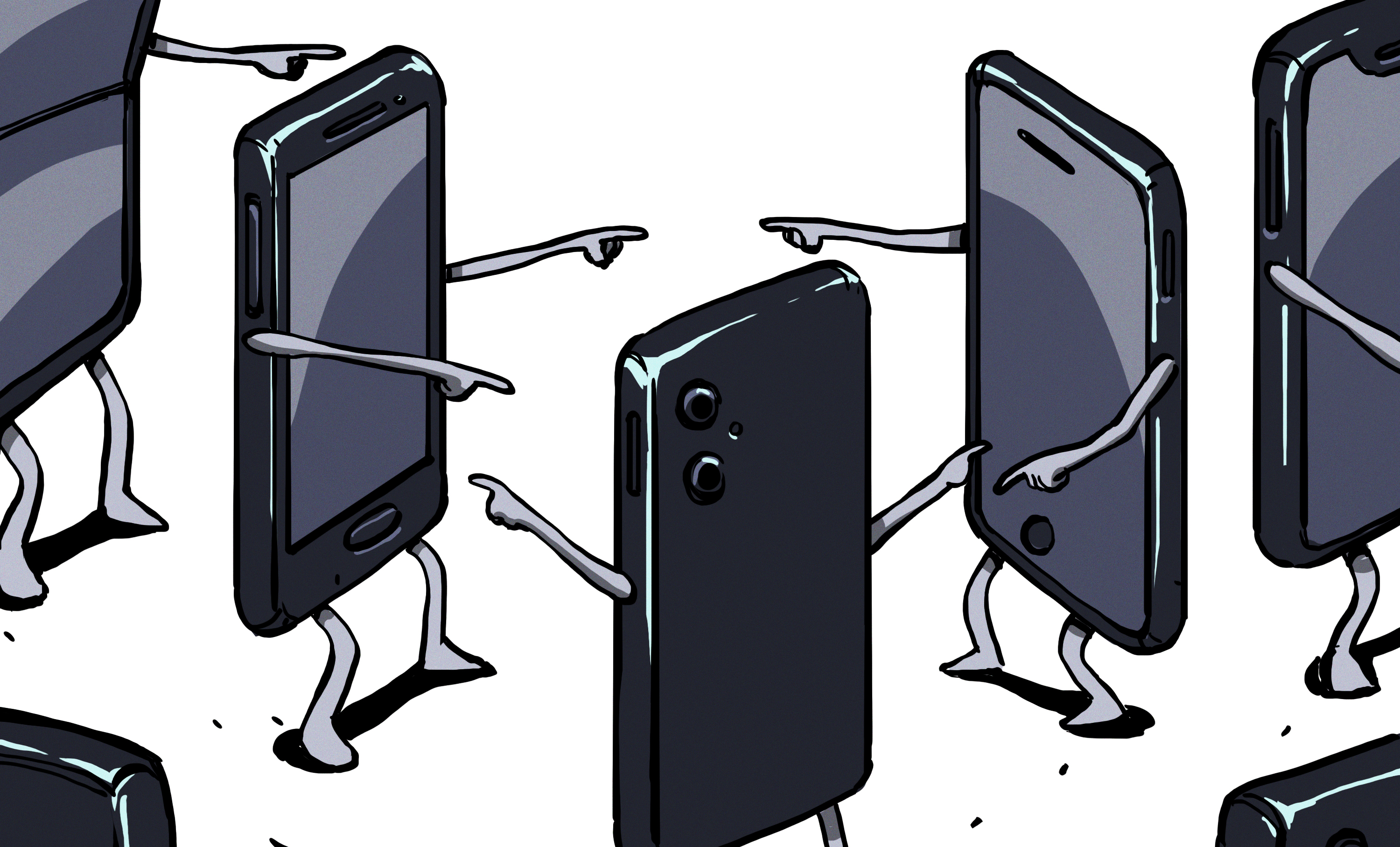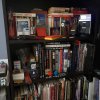I remember being almost kinda happy with the little AMT tricorder in the 70s. I had it painted and the whole bit, but it was never close to this "real thing." Nowhere close. 




I'm sensitive about that.......lolThat picture makes it look like you have no thumb.

Has everyone given their tricorder a good shakedown now and been surprised by features they thought they'd ignore? I don't take it down often, but I still have an 'ok this is so cool' feel when I fire it up and run it through its paces... been digging the clean Logs (mainly the novelty of how awkward it is not to hear incidental music and soundfx) and some of the Alerts, on top of the function switching and overall feel.
View attachment 49312
The neatest element to me is the yellow and red pencil case that Wah Chang "diced" and trimmed to serve as the body for the flip lid communicator.

Learned that from the "HeroComm" site that discusses the props.I was trying to work out what that was!
Some people (I saw a guy on youtube) think Wah made the communicators out of said pencil boxes directly. Of course what he did was use the "cut and re-joined" pencil box to make a mold, and use the mold to cast plaster bucks. Then he pulled heated sheets of Kydex over the bucks to make communicator bodies:The neatest element to me is the yellow and red pencil case that Wah Chang "diced" and trimmed to serve as the body for the flip lid communicator.
The future we should have had…
We are losing art:

The Death Of Industrial Design And The Era Of Dull Electronics
It’s often said that what’s inside matters more than one’s looks, but it’s hard to argue that a product’s looks and its physical user experience are what makes it inst…hackaday.com
Objects should do things…
That's why I used the words "diced" and "trimmed" to convey he made the comm casing considerably smaller than the original pencil box. Though I did fail to clarify Chang then used that as a "template" or "buck" to make castings. Thanks for providing a link to the source!Some people (I saw a guy on youtube) think Wah made the communicators out of said pencil boxes directly. Of course what he did was use the "cut and re-joined" pencil box to make a mold, and use the mold to cast plaster bucks. Then he pulled heated sheets of Kydex over the bucks to make communicator bodies:
www.herocomm.com/Details/BuckOrigins.htm
Just to clarify, he didn't use the pencil-box master as a buck to make castings; he used the master to make a mold, then made a casting from the mold. That casting was the buck, and he wrapped each Kydex sheet around that.Chang then used that as a "template" or "buck" to make castings.
It even makes me miss the appliance colours from the 70s. I'd prefer that to what we have now.

 ryan.norbauer.com
ryan.norbauer.com
Oh? Okay, fuck me then.Availability: Ships to the United States and Puerto Rico.


We use essential cookies to make this site work, and optional cookies to enhance your experience.
